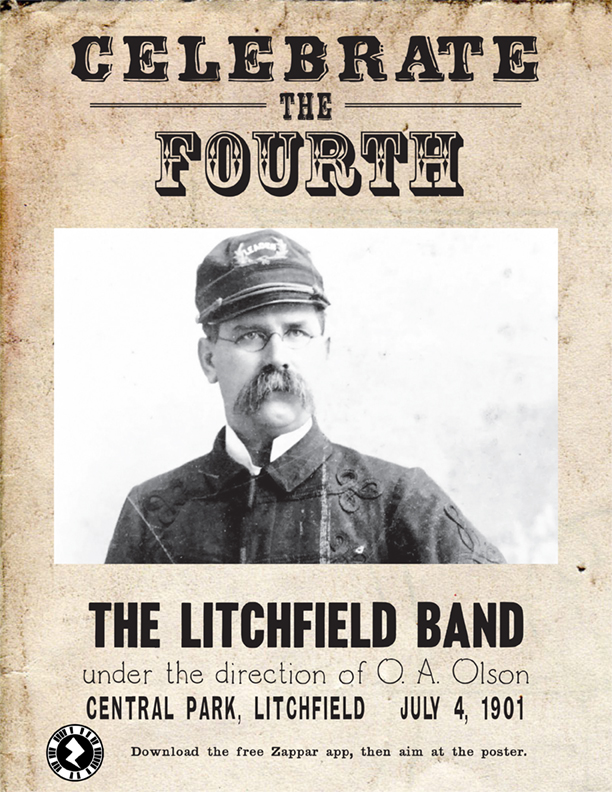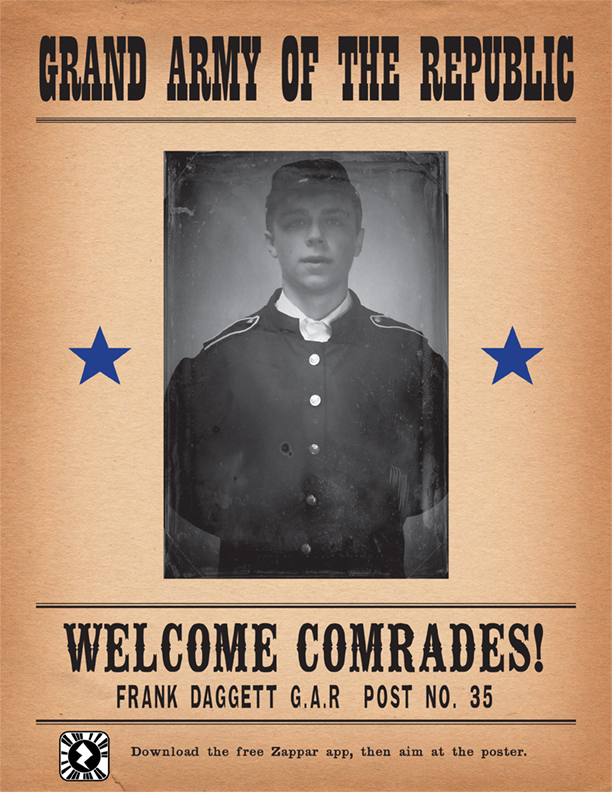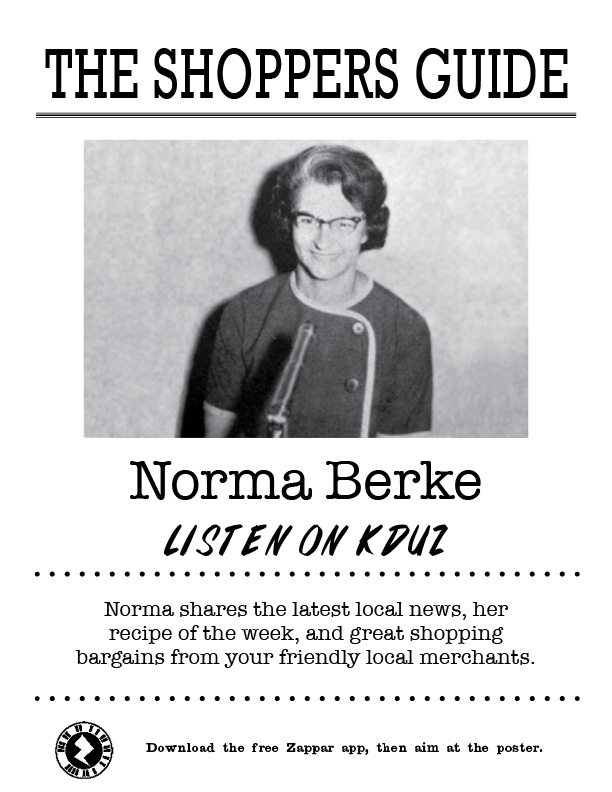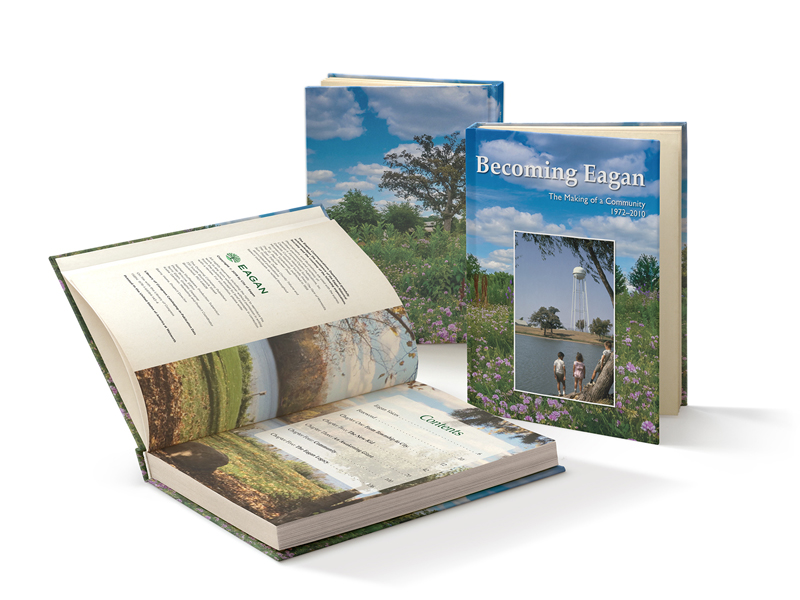Explore the new exhibit at the Grand Center for the Arts and Culture in New Ulm, Minnesota, featuring the photographs of Edward Curtis. After the video, there is a link to virtual tour of the exhibit in the Four Pillars Gallery.


Explore the new exhibit at the Grand Center for the Arts and Culture in New Ulm, Minnesota, featuring the photographs of Edward Curtis. After the video, there is a link to virtual tour of the exhibit in the Four Pillars Gallery.
He was one of Minnesota’s finest band leaders, directing Litchfield’s for more than forty years. First, you’ll need to download the free Zappar app to your smart phone — works with Apple and Android. Then, after opening, point at the poster and watch history come alive.

Why should you join the Grand Army of the Republic? We used the actual words of Frank Daggett, the local newspaper editor for whom the Litchfield post is named. First, you’ll need to download the free Zappar app to your smart phone — works with Apple and Android. Then, after opening, point at the poster and watch history come alive.

What are the best uses of augmented reality for interpreting the past? We created four interactive posters for the Litchfield Heritage Preservation Commission. First, you’ll need to download the free Zappar app to your smart phone — works with Apple and Android. Then, after opening, point at the poster and watch history come alive.

Our newest walking tour is available on both Vimeo and YouTube.
There is something special about this historic district that sets it apart from found in other Midwest towns. More than half of the historic district’s buildings were built before circa 1900, many using a distinctive locally-produced cream-colored brick. Within the district is Central Park, a peaceful, green space flanked by two nationally-significant treasures.
— On the east side, you’ll find the Grand Army of the Republic Hall, where Civil War veterans gathered to remember that terrible conflict but also to lobby for veterans benefits. It’s one of America’s best-preserved GAR Halls.
— North of the park is Trinity Episcopal Church, called “one of Minnesota’s most important nineteenth-century buildings” by architectural historian David Gebhard.
This tour will take you through the National Register Commercial Historic District, introducing you to some of the city’s finest architecture as well as a few of its most colorful characters.
Take look at all twenty-eight Litchfield videos: https://vimeo.com/showcase/5954854
And check our blog on this site to see “augmented history.” You’ll need to download the free app Zappar to your smartphone.
Grand Army of the Republic: http://pastcasts.com/?p=583
Norma Berke: http://pastcasts.com/?p=573
Music Olson: http://pastcasts.com/?p=591

The American Association for State and Local History announced that the Brown County Historical Society exhibit, Loyalty and Dissent: Brown County and WWI, won a 2018 Leadership in History Award. This is the most prestigious recognition for achievement in the preservation and interpretation of state and local history. By publicly recognizing superior and innovative achievements, the Leadership in History Award winners serve as models and inspirations for others in the field. Nicholas Hoffman, AASLH National Awards Chair and Managing Director of Education and Visitor Experience at the Missouri Historical Society, said, “This year’s award winners demonstrate the power of relevancy, collaboration, experimentation, and a more inclusive history to challenge communities to think critically about the past and present.”
I am proud to have led the team that developed this exhibit. It took an institutional commitment to excellence to make it happen. Visit the Brown County Historical Society soon and also take in the third-floor exhibit, Never Shall I Forget: Brown County and the U.S.-Dakota War of 1862. I don’t believe any Minnesota historical museum actively features two AASLH-winning exhibits.

This week, the City of Eagan published my book, Becoming Eagan. As recent history, it was a challenge in that almost all the sources were still alive — different than nineteenth century history! The project included more than a dozen oral history interviews with key people. The book tells the story of a rural community, south of the Minnesota and Mississippi Rivers, that was swept up in a population boom. As I’ve mentioned elsewhere, the heart of the book comes down to the choices that were made by the city’s leadership. The book, hardbound and lavishly illustrated, is available at the Eagan Community Center for $25.
The Brown County Historical Society exhibit, Loyalty and Dissent: Brown County and WWI, is likely the most in-depth exhibit on the subject in the state. Last month, it received a Minnesota History Award from the Minnesota Alliance of Local History Museums. I had a small part in the formation of the Alliance back in 1990-91. I had previously been president of the Bay State Historical League in Massachusetts, and, on arriving in Minnesota, found that there was no similar organization here. So we worked to begin some networking. In honor of the Minnesota History Award for the WWI exhibit, I’ve posted a tribute, The Silent Army, to those Brown County men who gave their lives.
This is the story of one country school, located just west of New Ulm, Minnesota, for which I wrote the National Register of Historic Places nomination. It was closed in 1971 when Minnesota added a requirement that school districts must offer high school curriculum — the death knell for District No. 50 and others across the state. There are hundreds of these rural schools across the country, but I enjoyed working on this project for two reasons. First, it is a remarkably preserved example of a building influenced by Progressive era educational theory, taken from the cover of a state-issued plan book. Ideas were translated into the built environment. Second, I conducted oral history interviews with several former students. It is easy to fall into sweet nostalgia when talking about one-room schools, but the interviewees raised issues that are still with us — the benefits of a very small school with multiple grade levels and the reinforcement of learning that took place when older students helped to teach younger students. And it is not nostalgia when speaking of the bonds of community, knowing who your neighbors are and, more importantly, knowing their stories.
I am proud to have been a board member at New Ulm Turner Hall for more than a decade. It is truly “living history” — the oldest bar in Minnesota under the same organization as the oldest gymnastics program in Minnesota. Still fulfilling the same mission that it began with in 1856. That’s remarkable and a testament to the work of generations of board members. There is another equally important part of the story — the Turner Ladies. Organized as the Damenverein in 1889, this auxiliary has raised money for significant projects while assisting with banquets, dinners, and special occasions. For this year’s Stiftungsfest, I interviewed several members. Here is the half-hour video.